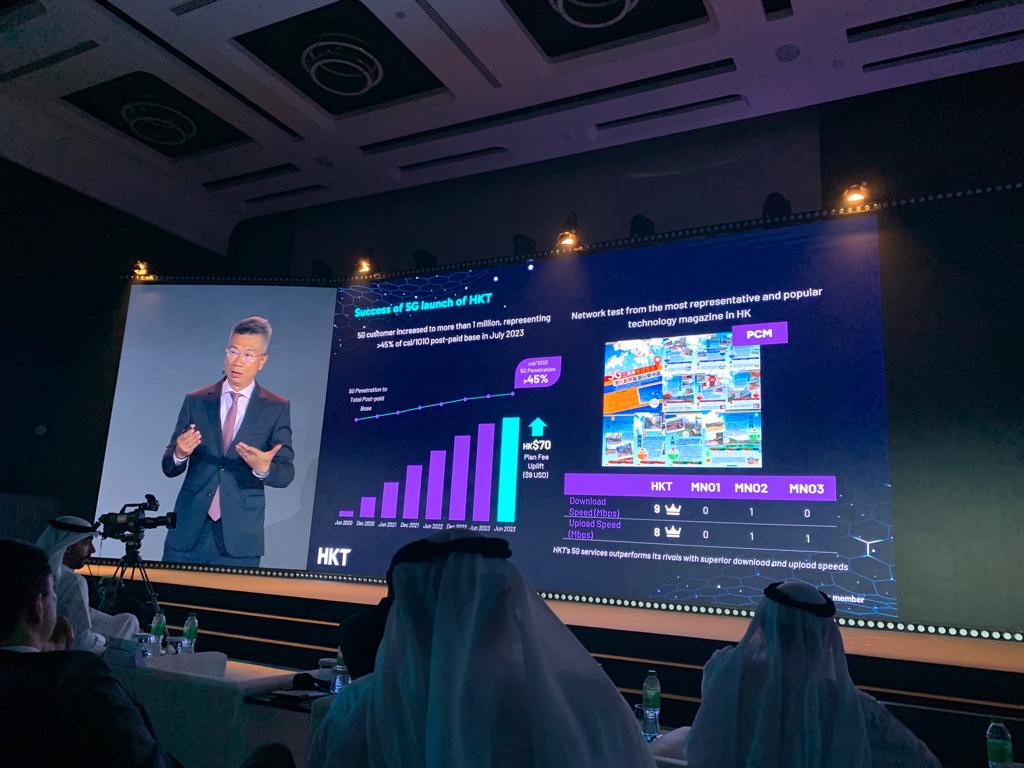The healthcare industry can benefit massively from 5G and its associated technologies. (Picture: Pixabay)
A growing global population and a relatively low density of high-tech medical care are challenges, many countries of the world face today. Implementing 5G mobile communication networks could assist in combating the shortcomings of the healthcare sector. 5G could function as the link between e-health systems and usher in automation and digitalization in the health industry – here is how.
Shristi Mangal Pal (Editorial Team FUENF-G and freelance journalist)
Social distancing regulations brought up and necessitated by the ongoing Covid-19 pandemic, have affected not only our physical interactions – but our virtual ones as well. Whilst home-office environments slowly become the norm and call for state-of-the-art connectivity solutions, the healthcare sector needs in on this intervention, now more than ever. The possibility of remote medical care would not only prove to be more sustainable, by cutting down on man-hours, transportation and fuel charges, thereby, making distant healthcare services much more reliable and efficient. Here is how the modern 5G technology promises to revitalize our healthcare systems.
Latest in 5G & healthcare
The recently released 5G in Healthcare Market Research Report 2022 declared the market key players. Companies like Capsule Technologies, Ericsson, Huawei Technologies, Intel, Samsung Electronics, AT&T or Verizon have all set out to boost the healthcare sector by investing in the groundbreaking 5G technology. This Market Analysis provides businesses with crucial data on market advances and strategies.
The key player companies mentioned above have prioritized specific areas of the healthcare market, such as Data Transmission, Wearable Devices, Telediagnosis, Telemonitoring and Telerobotic Surgery. These companies plan on utilizing 5G systems and 5G-enabled e-health solutions to optimize, healthcare providing centres like hospitals and Ambulatory Surgical Centers by 2029.
5G and ICT Technologies
The ongoing pandemic brought along a massive challenge for the global healthcare sector. Recent research on pandemic management shed light on the necessity of progressive technological advancement in the current era to overcome the challenging circumstances of the COVID-19 outbreak. The timely application of relevant technologies has proven imperative for safeguarding and managing the post-COVID-19 world.
The novel Information and communications technology (ICT) technologies such as the Internet of Things (IoT), Artificial Intelligence (AI), Big Data, 5G communications, cloud computing and blockchain can play a vital role in protecting and improving people and economies. According to a 2020 study conducted by international researchers on the role of 5G in digital healthcare against the COVID-19 pandemic, the capabilities of ICT technologies provide pervasive and accessible health services.
5G communications present a paradigm shift from the previous mobile networks by providing universal high-rate connectivity and a seamless user experience. 5G networks target delivering 1000x higher mobile data volume per area, 100x higher number of connected devices, 100x higher user data rate, 10x longer battery life for low power massive machine communications, and 5x reduced End-to-End (E2E) latency.
Frontier technology features of 5G
Modern medicine has, in the past, struggled to keep pace with the ever-growing demand for remote patient services, more efficient lab work and vastly automated medical technological instruments. Pivotal technologies, such as mmWaves, small cell networks, massive Multiple Input Multiple Output (MIMO) and beamforming can be the answers to these challenges. By utilizing these technologies, 5G will mainly support three service classes, i.e. enhanced Mobile BroadBand (eMBB), Ultra-Reliable and Low Latency Communication (URLLC) and massive Machine Type Communication (mMTC).
5G networks can also maintain parallelity with the pre-existing and upcoming medical technologies, as they shall be built alongside fundamental technologies such as, Software Defined Networking (SDN), Network Function Virtualization (NFV), Multi-access Edge Computing (MEC) and Network Slicing (NS). SDN and NFV enable programmable 5G networks to support the fast deployment and flexible management of 5G services. MEC extends the intelligence to the edge of the radio network along with higher processing and storage capabilities.
NS creates logical networks on a shared infrastructure to enable different services with 5G networks. Compared to the present 4G networks, 5G supports new network services as software Network Functions (NFs) by utilizing SDN and NFV technologies. These NFs can be hosted at the cloud servers, operator premises, or the edge of the network based on the application demands. MEC servers equipped with storage and computing power and reside at the edge of the radio network will serve as a suitable platform to host these applications. Deploying such applications will be more flexible in 5G networks and make medical software more reliable. Increasing the capacity of the 5G network proves to be easier than its previous counterparts, given that the network itself is programmable. 5G networks can deploy network slices that create logical networks to cater to services with similar types of requirements such as IoT slice and low latency slice, thereby serving applications with guaranteed service levels.
Why we need 5G in the health sector
The emerging 5G technology is deemed especially adept for healthcare application requirements given its high energy efficiency, high reliability, high bandwidth, low latency and high density. A 2020 paper on 5G Healthcare architecture released in the 2020 International Conference on Information Science and Communications Technologies (ICISCT) underlined the main characteristics of 5G. According to them, 5G is expected to connect all aspects of human life and solve problems associated with increased traffic. Additionally, emerging services like Ultra-Reliable Low Latency Communication services support Enhanced Mobile Broadband and Massive Machine Type Communication.
Challenges and opportunities of 5G
The pioneering technology, however, comes with its shares of hindrances. One of the main challenges of 5G is security management. Many security methods have been used in previous-generation technologies such as 2G, 3G and 4G. Despite the introduction of modern technologies such as Software Defined Network (SDN) and Network function virtualization (NFV), Device to Device (D2D) communication makes security challenges for 5G rather complicated. Hence, the 5G healthcare network requires decentralization, immutability, and transparency.
Integrating 5G into healthcare could prove instrumental in improving the security, privacy and immutability of heterogeneous healthcare data. It could also lower operational costs and increase service efficiency. The SMART pairing of different IoT devices with the high speed 5G bandwidth could help improve the transmission of high-resolution information in healthcare monitoring devices. Given how ensuring high noise tolerance and interference of device information is usually a challenge, ultra-high reliability and ultra-low latency are essential in the healthcare system.
Problems in ensuring identity and privacy
Due to the lack of clearly regulated rules and permissions, health care organizations often find it difficult to obtain timely information about their patients. Currently, the increasing number of patients and service providers pose problems in ensuring the identity and privacy of system participants. Plus, the limited capabilities of traditional connection technologies in most patient monitoring and diagnostic devices like MRI or electrocardiograph require working with massive files.
The healthcare system involves using a large number of biomedical sensors on the territory of one base station. Consequently, a large amount of data and many connections are processed by the network. These problems are solvable; due to the ultra-high reliability of 5G. 5G allows IoT devices, biomedical sensors and applications to be used-without over-burdening the network capacity. In addition, the 5G network has good scalability, which allows manipulating the bandwidth of nodes without sacrificing performance. 5G also allows achieving a low error rate in the transmitted information.
5G has low power consumption. Energy savings, save power on wearable sensors and allow long-term use of a single battery. 5G uses many modern technologies. Including D2D communication, AR / VR technology, telemedicine and others. The application of such technologies and the capabilities of 5G in a healthcare system can be a “cure” for several of these healthcare system maladies.










Leave A Comment